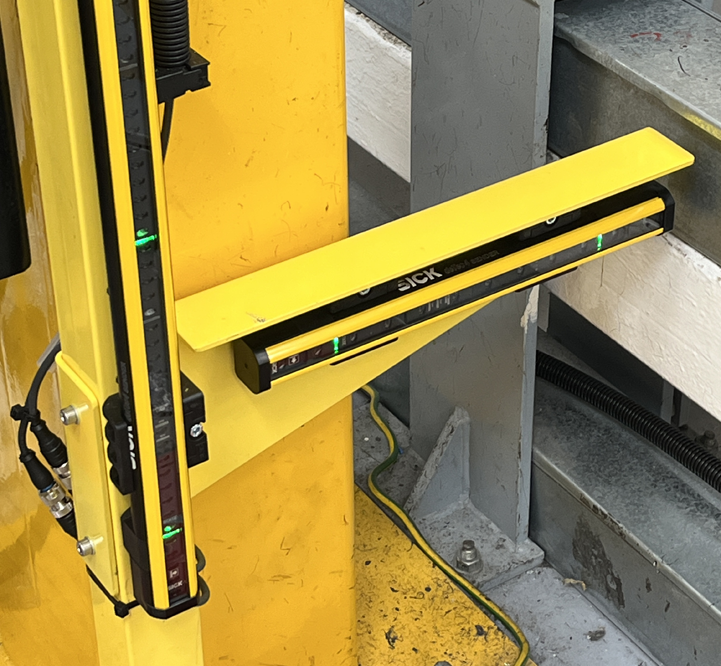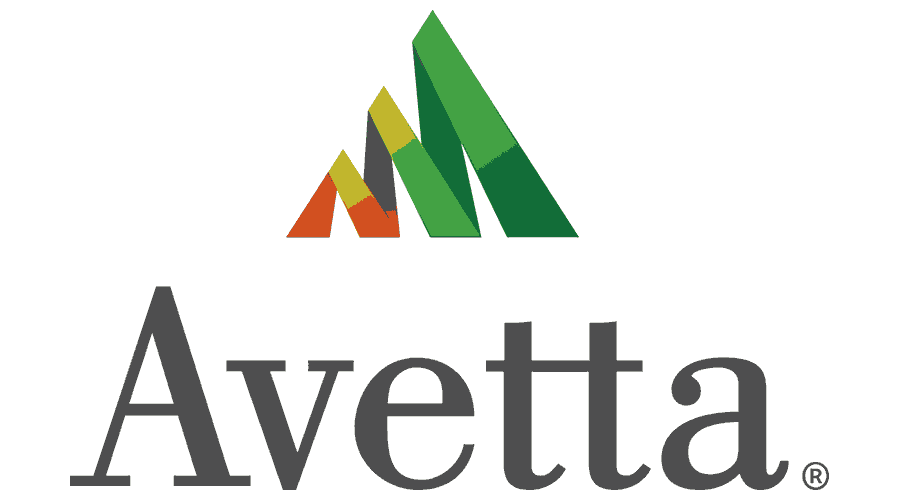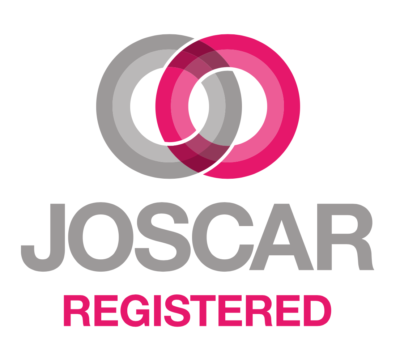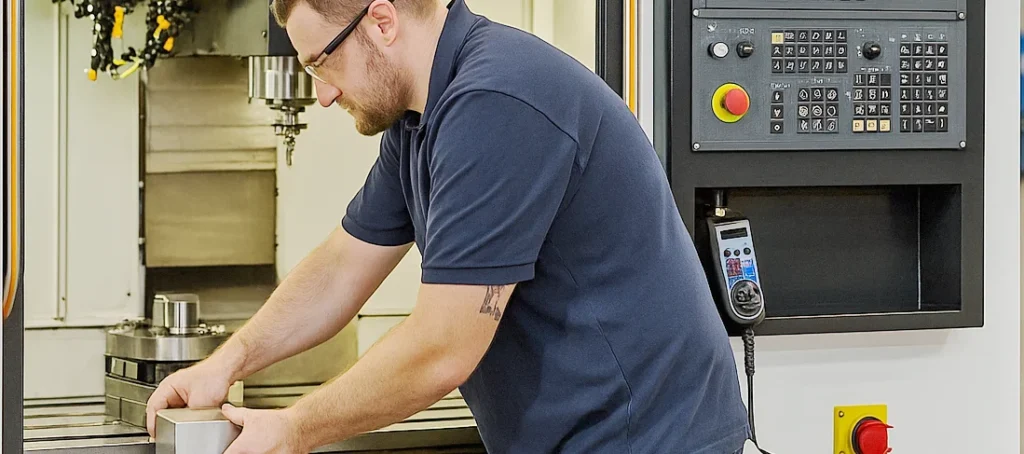
Resources
Resources
Welcome to our resources hub — your go-to destination for expert insights, practical guides and essential materials.
Whether you’re looking to stay compliant, enhance safety or gain a deeper understanding of industry standards, we’ve got you covered.
Trusted By



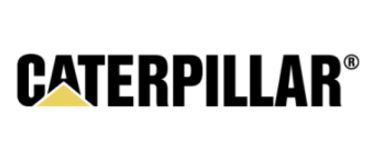
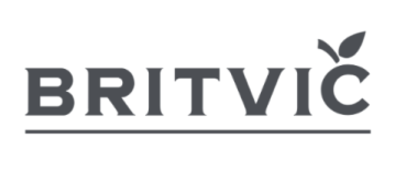
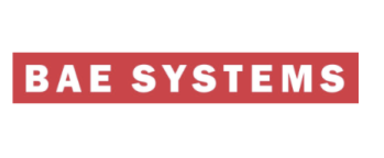
Read Our Blog

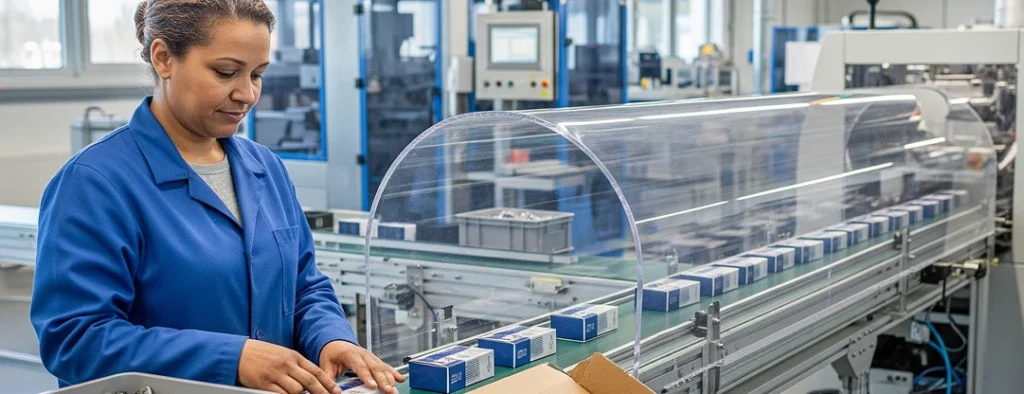
Tunnel Guards and Why Imported Machines Demand Extra Vigilance
27 August 25
Why Factory Shutdowns are Opportunities for Strategic Machinery Safety Reviews
23 July 25Important Links
Our Accreditations
Request a call back
Download Our Brochure
Download our brochure to explore how Safety Systems Technology can enhance your operations with expert electrical engineering, custom machine guarding solutions, guarding design and full compliance services.
Read Our Case Studies

Enhancing Machine Safety at a Heavy Industry Facility
26 March 25
Delivering Guarding Solutions Within a Shrinking Allotted Time Period
26 March 25
Upgrading Machinery for PUWER Compliance and Improving Machinery Efficiency
26 March 25Downloadable Guides
Download the guides below to get valuable insights and practical solutions for your safety needs.
When you choose Safety Systems Technology, you’re choosing a partner dedicated to protecting your people, processes and equipment.
Our Machinery Safety Services

Electrical Engineering
Enhancing safety with upgraded circuits and advanced electrical solutions.

Machine Guarding
Protecting workers with tailored perimeter and bespoke guarding systems.

Guarding Design
Creating innovative, user-friendly safety designs that provide optimal protection and efficiency.
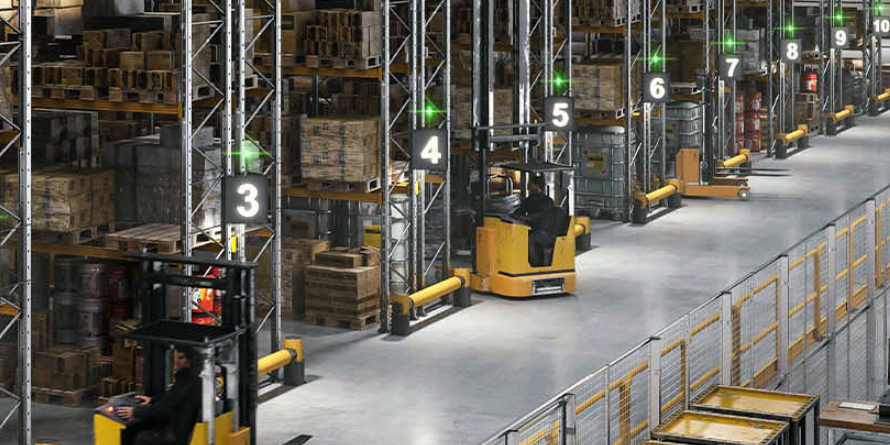
Pedestrian and Vehicle Barriers
We supply and install a wide range of barriers in both steel or plastic, all of which are compliant with the relevant regulations More information
Compliance
Ensuring your operations fully meet PUWER, BS, EN and ISO safety standards for peace of mind. More information